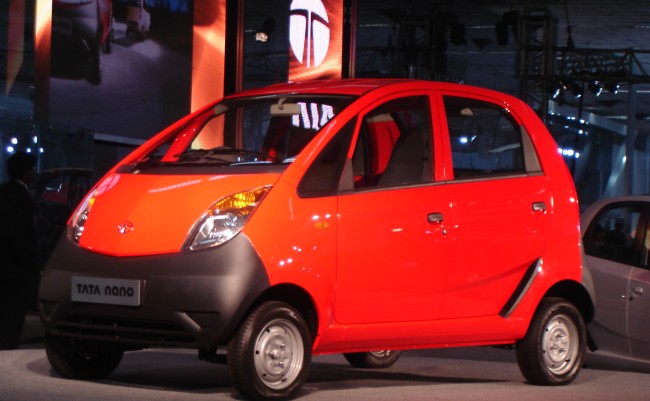
Rebranding the Tata Nano
The Times of India reported this month that Tata will soon phase out the Nano and relaunch the vehicle as the Tata Smart City Car.
The move makes a lot of sense.
The Nano was a bold new product. Tata launched the car in 2009 in India and positioned it for lower-income families. It was, and remains, the cheapest car in the world, with a price of about $2,000. Instead of comparing to other cars, Tata focused the Nano on competing with motorcycles.
Tata made a number of moves to keep costs down. The engine is small; it takes the Nano a full eight seconds to accelerate from 0 to 37 MPH. The car has just one window washer. The trunk only opens inside the car.
While industry executives anticipated that the Nano would transform the auto industry, the car flopped.
One of the big issues was branding. People quickly understood that Nano was exceptionally cheap. This diminished its appeal; a family with a rising income doesn’t want to buy the cheapest car available. It wants a car they can be proud of and feel good about. And after several high-profile car fires, the Nano developed a reputation for being unreliable.
Nano’s basic proposition just didn’t work. People could buy a motorcycle for less money, or buy a used car for a similar amount. Either way they could get around and feel good about their means of transportation.
When a brand develops negative associations there are only two possible solutions: reposition or replace. Repositioning the Nano would have been a challenge. The brand received enormous attention during its launch. All the attention, however, became a problem when the stories turned negative.
Replacing the Nano makes much more sense.
By introducing the Smart City Car, Tata starts fresh.
The name alone is a step forward. Nano means tiny, which is not a positive in a car. Everyone wants to be smart.
Deciding to phase out a brand is not easy but sometimes, as in the case of the Nano, it is definitely the best move.

Rebranding the nano as a ‘smart city car’ is the best decision Tata motors have made with the controversial car, so far!